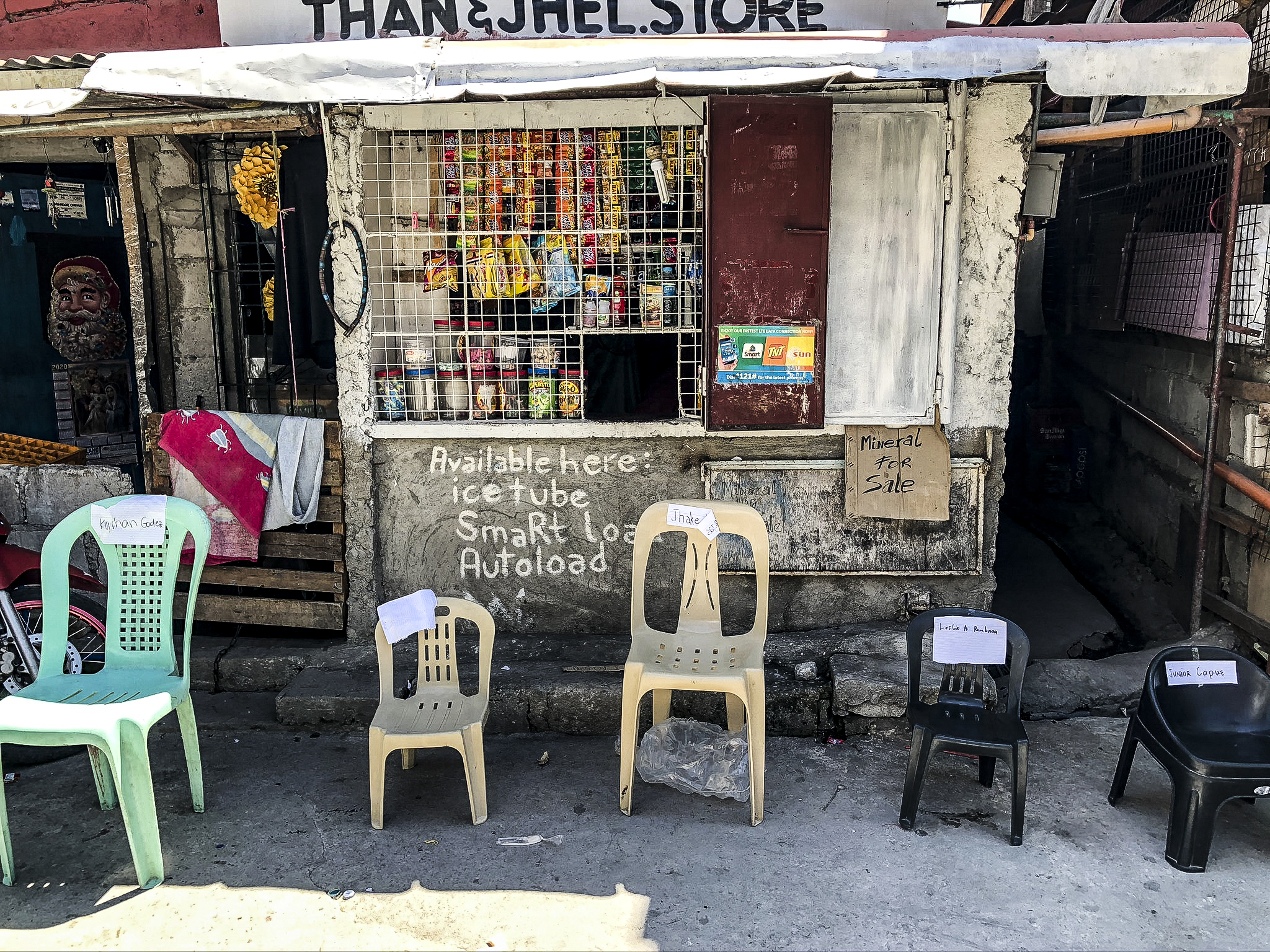A society with credible institutions would allow ordinary citizens to interrogate unexplained wealth. Seeing corrupt public officials placed behind bars provides closure to the story of accountability. But this is not the Philippine society. We turn to myths, urban legends, and rumours to make sense of suspicious situations because we cannot count on our institutions to make sense of this for us and give closure to the story, writes Nicole Curato
_______________________________________________
The golden age of the Philippines is about to come. At least according to Ka-Alam, a YouTube channel that produces explainers on current events.
President Ferdinand Marcos Jr, one explainer said, is making progress in unlocking quadrillions of dollars of gold reserves – $2,832,408,250,000,000 to be exact – after his meetings with World Bank officials in Washington, DC. This process takes time, viewers were told, as legal procedures need to be followed. But there is no need to fret. Prosperity is in our country’s destiny, according to another explainer. The Philippines is sitting on a mountain of gold, as it was written in the book of Solomon. God anointed the late President Ferdinand Marcos Sr to realise this destiny, who, during his presidency, invested the 950,000 metric tons of gold that General Tomoyuki Yamashita and Japanese soldiers buried during the Second World War. And now, it is his son and namesake who will realise this destiny and use the country’s gold reserves to invest in education, health, and infrastructure.
Naive voters who lost their free will
Over the past year, our research team has been monitoring reports of misleading claims, historical distortions and clickbait headlines that shape public discourse on politics and governance. The Marcos gold myth figures prominently in these reports. Ka-alam, which in Filipino means ‘fellow knower,’ is one of many YouTube channels that publish content on the Marcos gold myth. These channels are wildly popular. Ka-Alam, for example, nearly has a million subscribers.
There are various ways of interpreting the popularity of these narratives. One approach is to portray Filipinos as naïve citizens desperate for quick solutions to deep rooted problems. Seven years ago, the nation pinned its hopes on populist strongman Rodrigo Duterte who promised to kill all drug addicts to save the country from becoming a narco-state. This time, hope is pinned on the son of the late dictator, who is expected to complete his father’s legacy of making the Philippines the envy of the world.
In this interpretation, Filipinos are portrayed as people who lost their free will because of disinformation. Investigative reports exposed algorithms on Facebook, TikTok, and YouTube that privilege posts containing false and misleading claims because it is profitable to do so. Consequently, some journalists and digital rights advocates exerted pressure on tech platforms to take accountability for the damage they have done to democracies around the world, while civil society groups doubled down on voter education, fact-checking, and digital literacy campaigns.

Gold myths before disinformation
Another interpretation is one that takes a longer view of these false narratives. In my decade-long field research in disaster-affected communities that described themselves as ‘Marcos loyalists,’ I found that these gold myths have been deeply embedded in the nation’s social imaginary, long before disinformation took off on social media.
My research participants in their forties, for example, told me that they grew up hearing stories of treasure hunters going to perilous expeditions to find Yamashita’s gold. One recalled a neighbour who suddenly and suspiciously had money to buy a brand-new motorcycle and open a hair salon downtown. No one dared to ask the neighbour where the money came from. It was, after all, impolite to do so. There was a rumour that their neighbour’s distant relative lucked out in finding the Yamashita treasure. The motorcycle and hair salon were the cut they took from their relative’s treasure trove.
‘Did you get a cut too?’ I asked my research participant in jest.
‘No,’ he responded. ‘I’ll wait for one million,’ he said chuckling. By one million, he was referring to the cut he will get from the Marcoses once the gold reserves are cashed in.
Fantasies and aspirations
Filipinos see people with unexplained wealth every day. The neighbour across the road who got a new motorcycle. The newly elected mayor who started sporting a Rolex. The customs official who suddenly had funds for home renovation.
A society with credible institutions would allow ordinary citizens to interrogate unexplained wealth. Seeing corrupt public officials placed behind bars provides closure to the story of accountability. But this is not the Philippine society. We turn to myths, urban legends, and rumours to make sense of suspicious situations because we cannot count on our institutions to make sense of this for us and give closure to the story.
I have met people who fervently believe in the gold myth, including those who fell for scams that promised gold bars. I but noticed that many are also laughing it off, knowing the claim is frivolous, but go along with it anyway because it makes a good conversation topic. It opens a hopeful discussion of what one would do with a million pesos.
In my field site, a woman said she would pay their debts first as the electricity company just sent a final notice of disconnection. Another said she’d spend it on her mother’s hospital bills and maintenance medications. A young mother asked if a million is enough to send four children to high school. A man in his early twenties estimated that a million is just enough to cover his and his brothers’ expenses to relocate to Saudi Arabia as construction workers once the deployment ban is lifted.
An action plan
The power of the Marcos gold myth lies in the conversations that it provokes. It sets off discussions about fantasies as well as realistic aspirations of where people want their lives to be headed. Beyond fooling Filipinos, the danger of the Marcos gold myth is the constraint it places on people’s imagination to pursue plausible political projects on which they can pin their hopes.
To overcome this, we need to move beyond technologically deterministic solutions or interventions that pathologize ‘naïve citizens’ falling for fool’s gold. In our research, we advanced a community engagement plan that calls for collaboration among content creators, primary school teachers, librarians, and community leaders to create opportunities for ordinary Filipinos to be courageous and creative in advancing conversations that interrogate dubious claims while building people’s esteem and their capacities to aspire.
The Philippines may be living in a golden age of disinformation, but it is possible to change the conversation.
______________________________________________
*This piece is based on a collaborative research project funded by Internews under the Six-Track Engagement Against Disinformation Initiative (STEAD-i). Field research was supported by the Norwegian Research Council (Project No. 314849).
*Banner photo by and copyright of the Author.
*The views expressed in the blog are those of the authors alone. They do not reflect the position of the Saw Swee Hock Southeast Asia Centre, nor that of the London School of Economics and Political Science.





